Introduction
The Rosacea-specific Quality of Life Instrument (RosQoL) is a crucial assessment tool in dermatology, developed in 2007 by Kimberly Nicholson, MD, et al. It was specifically designed to measure how rosacea affects a patient’s quality of life. Given its targeted application, the instrument provides a detailed picture of the patient’s experience beyond simple symptom counting. As a result, its focused and effective approach has led to its adoption in both clinical practice and research, amassing over 150 citations on Google Scholar.This underscores its significant impact and reliability.
Consequently, this article will, delve into the RosQoL’s features, applications, and clinical value, offering researchers and clinicians actionable insights to enhance patient assessment.
Key Features of the Rosacea-specific Quality of Life Instrument (RosQoL)
Purpose and Use
The primary purpose of the RosQoL is to assess the quality of life in patients diagnosed with rosacea. Clinicians use it for screening patients to understand the breadth of rosacea’s impact, and moreover, for monitoring their condition over time. In addition, researchers depend on the RosQoL as a vital patient-reported outcome (PRO) measure in studies focused on the efficacy of new treatments and interventions.
Target Population
The developers validated the RosQoL for a broad adult population (18 years and older). Specifically, this includes:
- Young Adults (18–24 years)
- Middle-Aged Adults (25–44 years)
- Older Adults (45–64 years)
- Seniors (65+ years)
Especially, college/university students and parents.
Questionnaire Details
The RosQoL is a 21-item questionnaire that evaluates the impact of rosacea across multiple facets of a person’s life. The questions fall under the primary domain of Dermatology, with a specific sub-domain of Rosacea. Furthermore, the questions provide comprehensive coverage of several key areas, including:
- Quality of Life
- Emotional Impact
- Social Functioning
- Symptoms
- Physical Functioning
Scoring Method
The RosQoL uses a Likert scale for responses, ranging from 0 to 3. The total score is calculated by summing the responses, resulting in a range from 0 to 63. Notably, a higher score indicates a greater impairment in the quality of life. However, unlike some other clinical tools, the RosQoL does not have strict cut-off scores for diagnostics. Instead, it provides a dimensional measure of impact.
Administration Format
Administering the RosQoL is highly efficient, as it can be administered through:
- Paper-based forms
- Digital (Online) formats
It typically take 5-10 minutes to complete the questionnaire which makes it practical for busy clinical settings.
Moreover, it is designed for self-administration, requiring no special training for the patient or administrator.
Applications of the Rosacea-specific Quality of Life Instrument (RosQoL)
- Screening: It quickly identifies the extent to which rosacea affects a patient’s daily life.
- Monitoring: Clinicians can track a patient’s progress or decline over time, particularly in response to treatment.
- Research: It serves as a reliable primary endpoint for clinical trials and other studies evaluating interventions for rosacea.
- Patient-Reported Outcome (PRO): The instrument captures the patient’s perspective directly, which is increasingly important for comprehensive care and research.
For example, researchers use RosQoL scores to assess the effectiveness of treatments for rosacea, ensuring reliable and comparable outcomes.
Languages and Availability
To support its global application in research and clinical practice, the RosQoL has been translated and validated in numerous languages. Therefore, its multilingual accessibility enhances its value.
Available languages include:
- English
- Mandarin Chinese
- Spanish
- French
- German
- Portuguese
- Turkish
- Polish
Moreover, the tool is published by The American Academy of Dermatology (AAD) and is available for free under an Open Access license
Reliability and Validity
The RosQoL is recognized as a highly reliable and valid instrument. Its psychometric strength is supported by an excellent Cronbach’s alpha, ranging from 0.82 to 0.97, which indicates high internal consistency. Furthermore, numerous validation studies have confirmed its robustness across diverse patient populations, cementing its status as a gold-standard measure for assessing quality of life in rosacea patients.
Limitations and Considerations
Despite its strengths, the RosQoL has a few limitations:
- Self-report: As a self-report measure, responses can be influenced by a patient’s subjective perception or recall bias.
- Cultural Bias: The definitions of quality of life and the impact of certain symptoms may not translate perfectly across all cultures.
- Language Barriers: Although available in several languages, its use may be limited in populations where a validated translation is not yet available.
- Age Restrictions: The tool is validated for adults (18+) and thus is not suitable for children or adolescents.
Other Versions and Related Questionnaires
While the RosQoL is the only validated tool designed specifically for rosacea, researchers should be aware of related instruments. Notably, other dermatology-focused quality of life questionnaires, such as:
- Dermatology Life Quality Index (DLQI)
- Skindex, and Acne-QoL
- FDLQI
are sometimes used for broader comparisons.
Additionally, another tool, the Rosacea Patient Index (ROSEPIA), is in development.
Additional Resources
- Original Validation Study. link
- You can access the questionnaire as a PDF through this link.
- For inquiries, contact the corresponding author, Suephy C. Chen, at schen2@emory.edu.
- For additional RosQoL resources, consult The American Academy of Dermatology (AAD).
Frequently Asked Questions (FAQ)
- Who can use the RosQoL?
Clinicians, researchers, and other healthcare providers use the RosQoL for adults (18 and over) with rosacea to assess its impact on their quality of life. - How long does it take to complete the RosQoL?
Patients and clinicians can typically complete the assessment in 5 to 10 minutes, thus making it highly practical for busy settings. - How is the RosQoL administered?
Healthcare teams can provide the questionnaire via paper-based forms or through digital online formats. Notably, it is self-administered. - Is there any cost to using the RosQoL?
The RosQoL is free for use and consequently is available under an Open Access license.
A word from ResRef about the Rosacea-specific Quality of Life Instrument (RosQoL)
The RosQoL is, as of now, the only validated questionnaire designed specifically to assess quality of life in patients with rosacea. Its ability to quantify the patient’s experience provides essential data that informs treatment, measures therapeutic efficacy, and ultimately improves patient outcomes. Whether you are a researcher studying rosacea or a clinician aiming to provide holistic care, the RosQoL reveals critical areas that need attention. Consequently, it leads to more patient-centered care and robust research findings.
References
- Nicholson K, Abramova L, Chren MM, Yeung J, Chon SY, Chen SC. A pilot quality-of-life instrument for acne rosacea. J Am Acad Dermatol. 2007 Aug;57(2):213-2. link
- Deng, Y., Peng, Q., Yang, S., Jian, D., Wang, B., Huang, Y., … & Li, J. (2018). The Rosacea-specific Quality-of-Life instrument (RosQol): Revision and validation among Chinese patients. PLoS One, 13(2), e0192487. link
- Tosun, M., & Karagöz, Y. (2022). Rosacea-Specific Quality of Life Scale (RosaQoL): The Study of Adaptation and Validation for Turkish Rosacea Patients. Clinical and Experimental Health Sciences, 12(4), 999-1004. link
- Redonnet, M. S., del Pozo Losada, J., & Pibernat, M. R. (2024). [Translated article] Cross-Cultural Validation of the RosaQoL Scale in Spanish Language. Actas dermo-sifiliograficas, 115(9), T858-T866. link


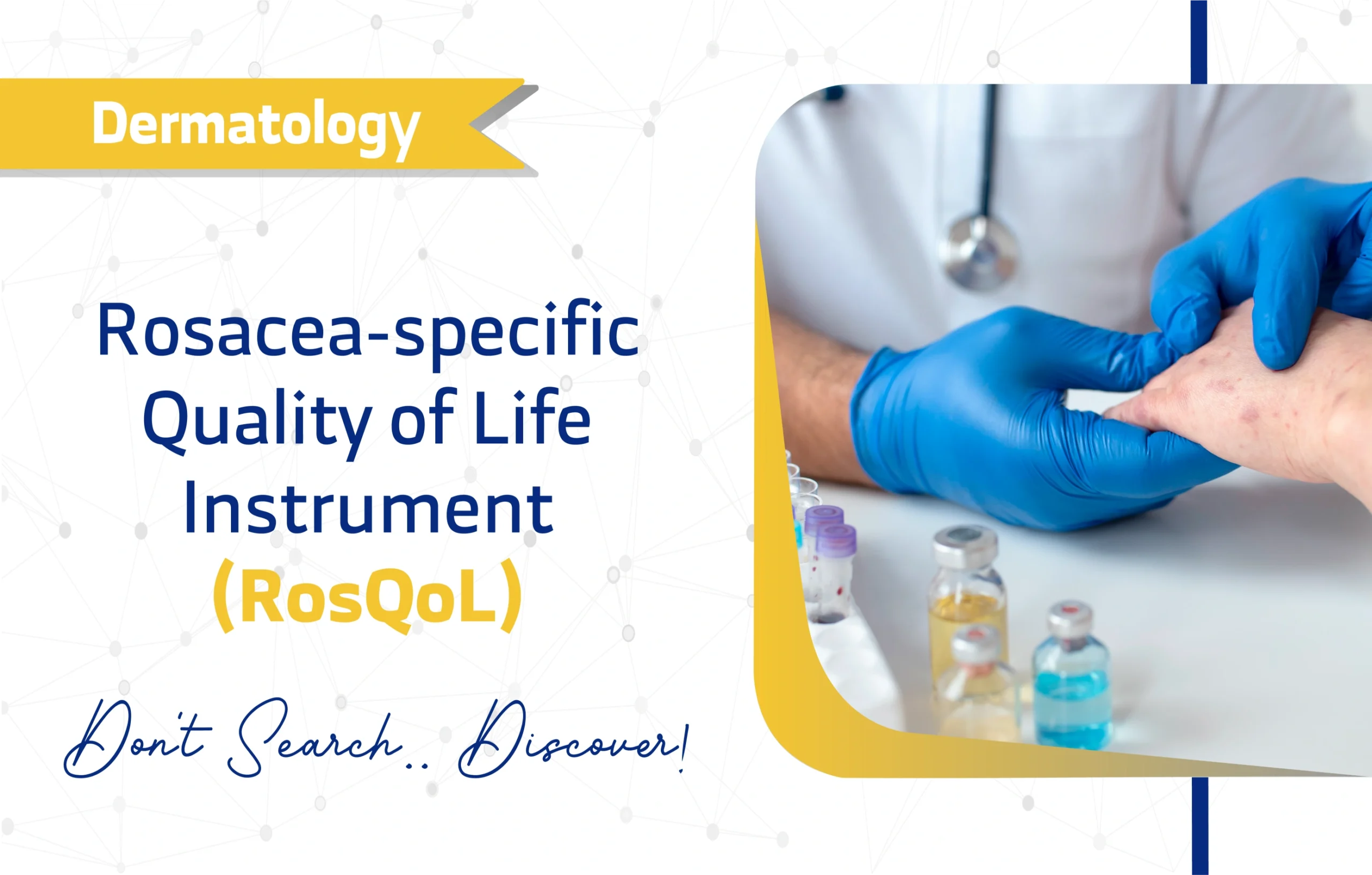
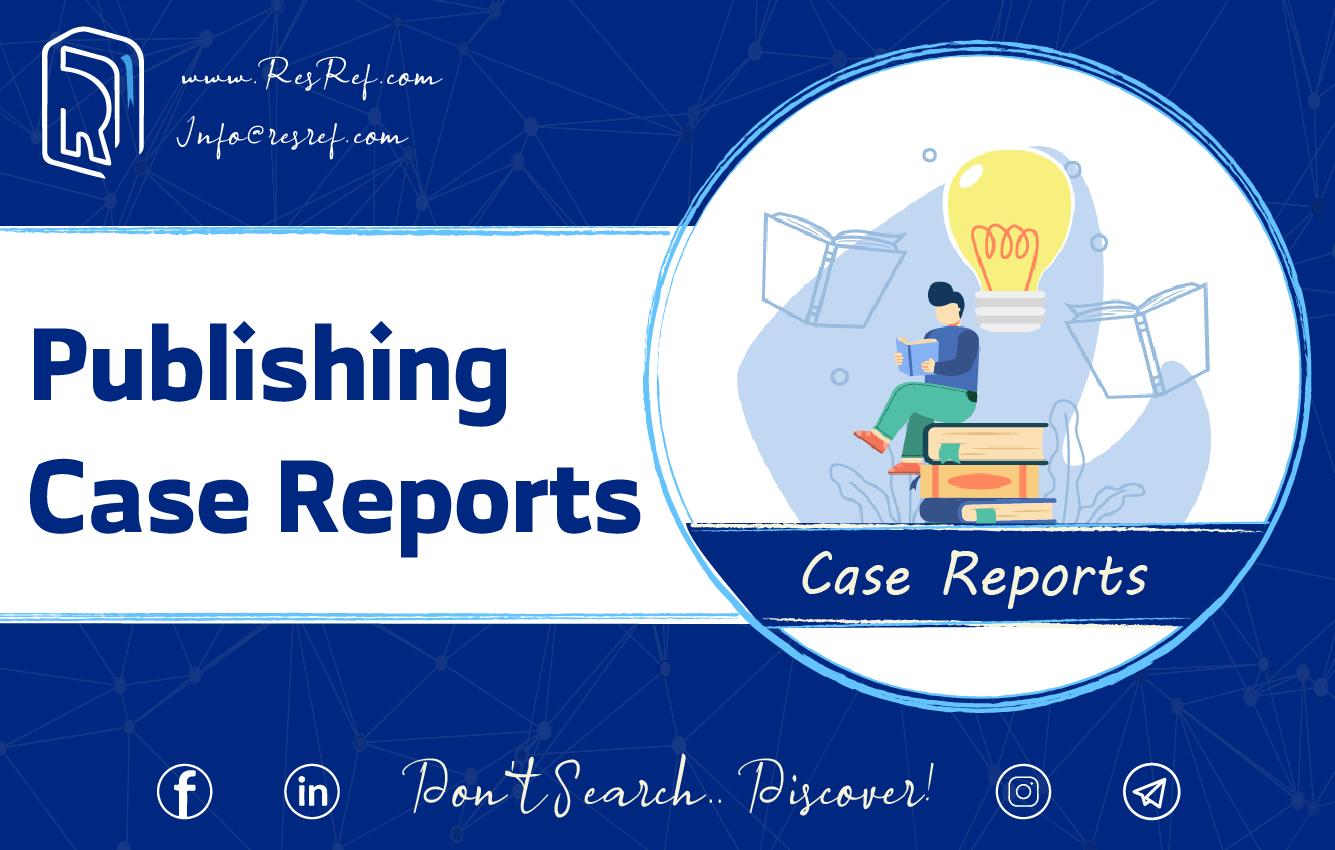
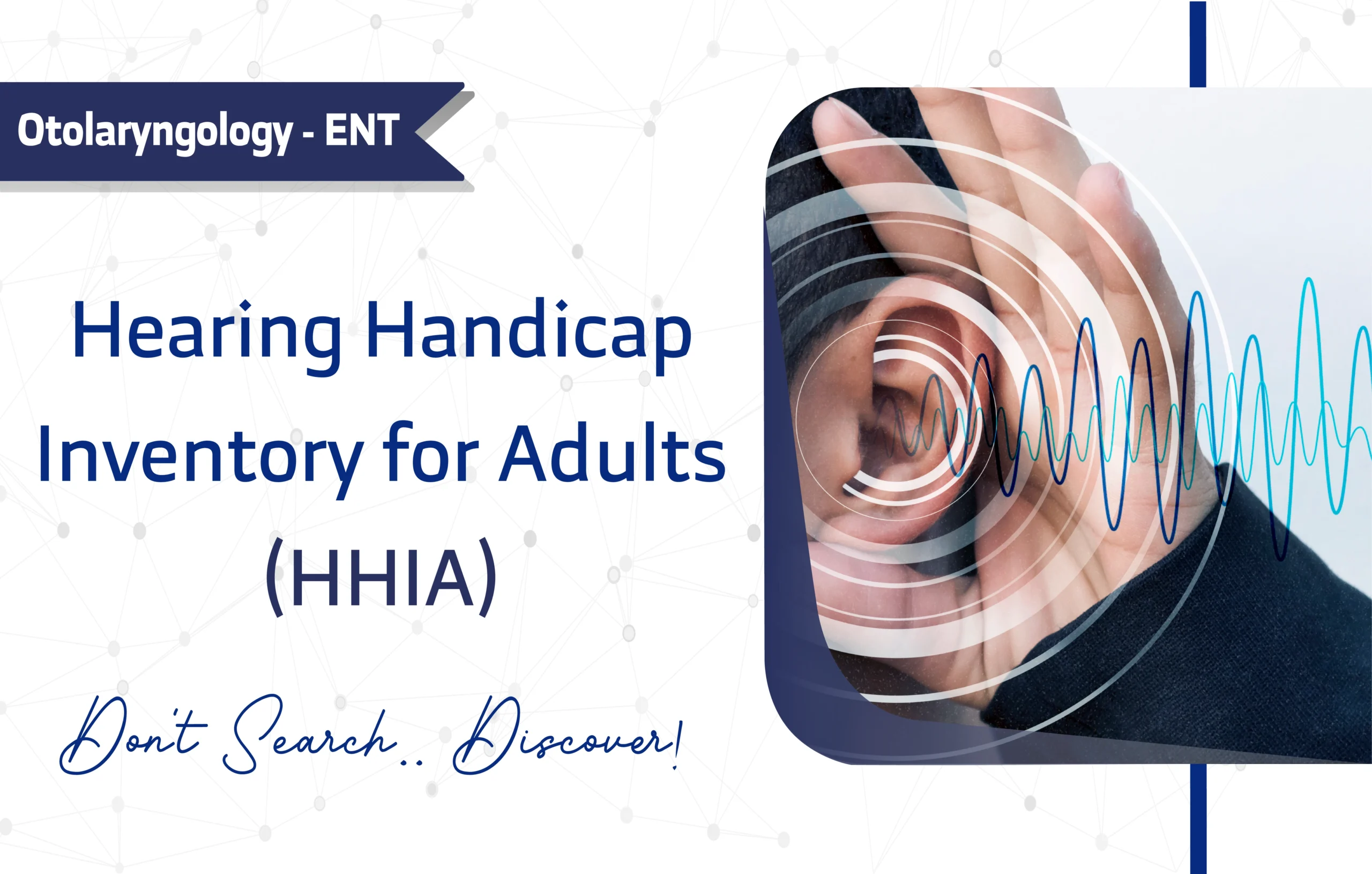
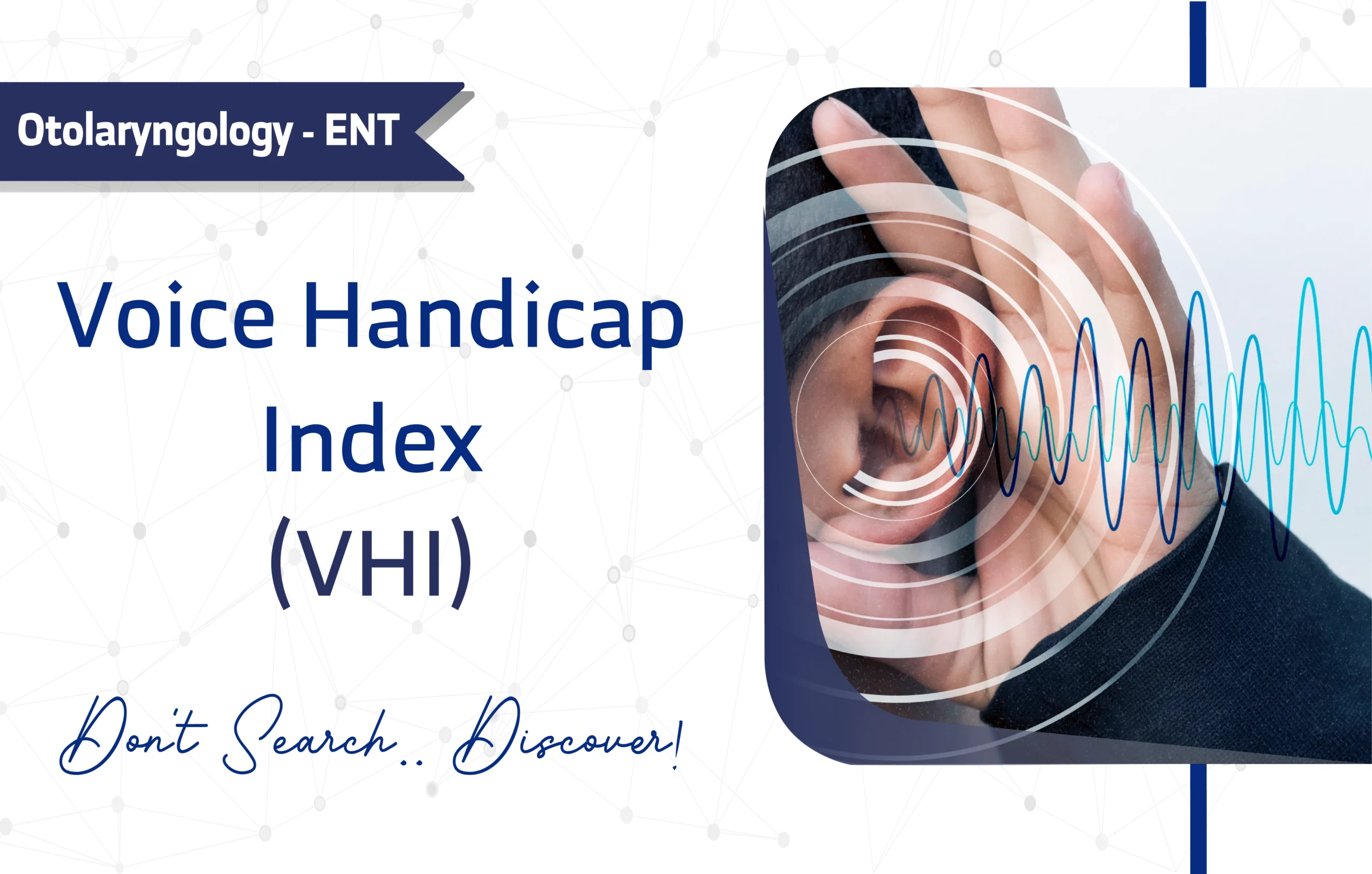
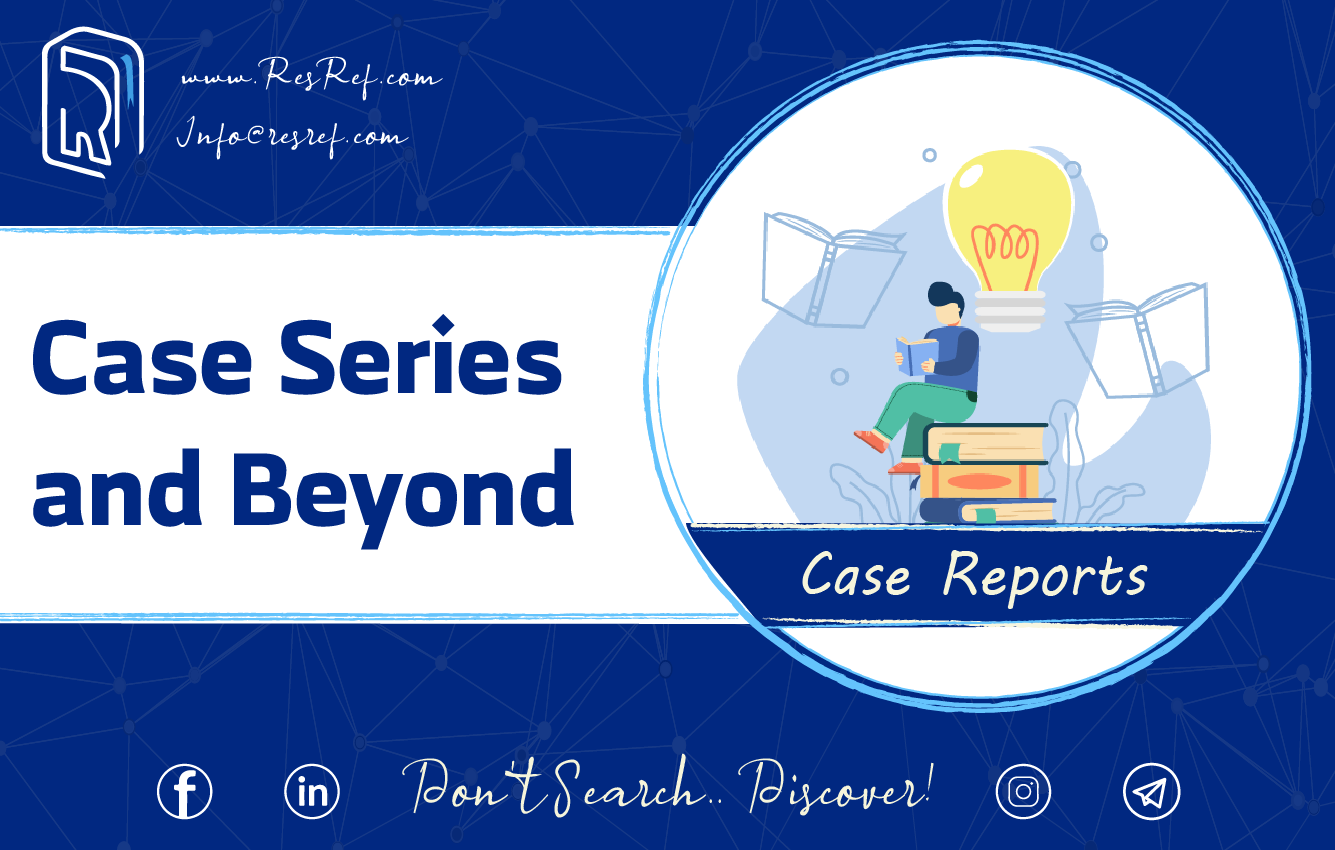

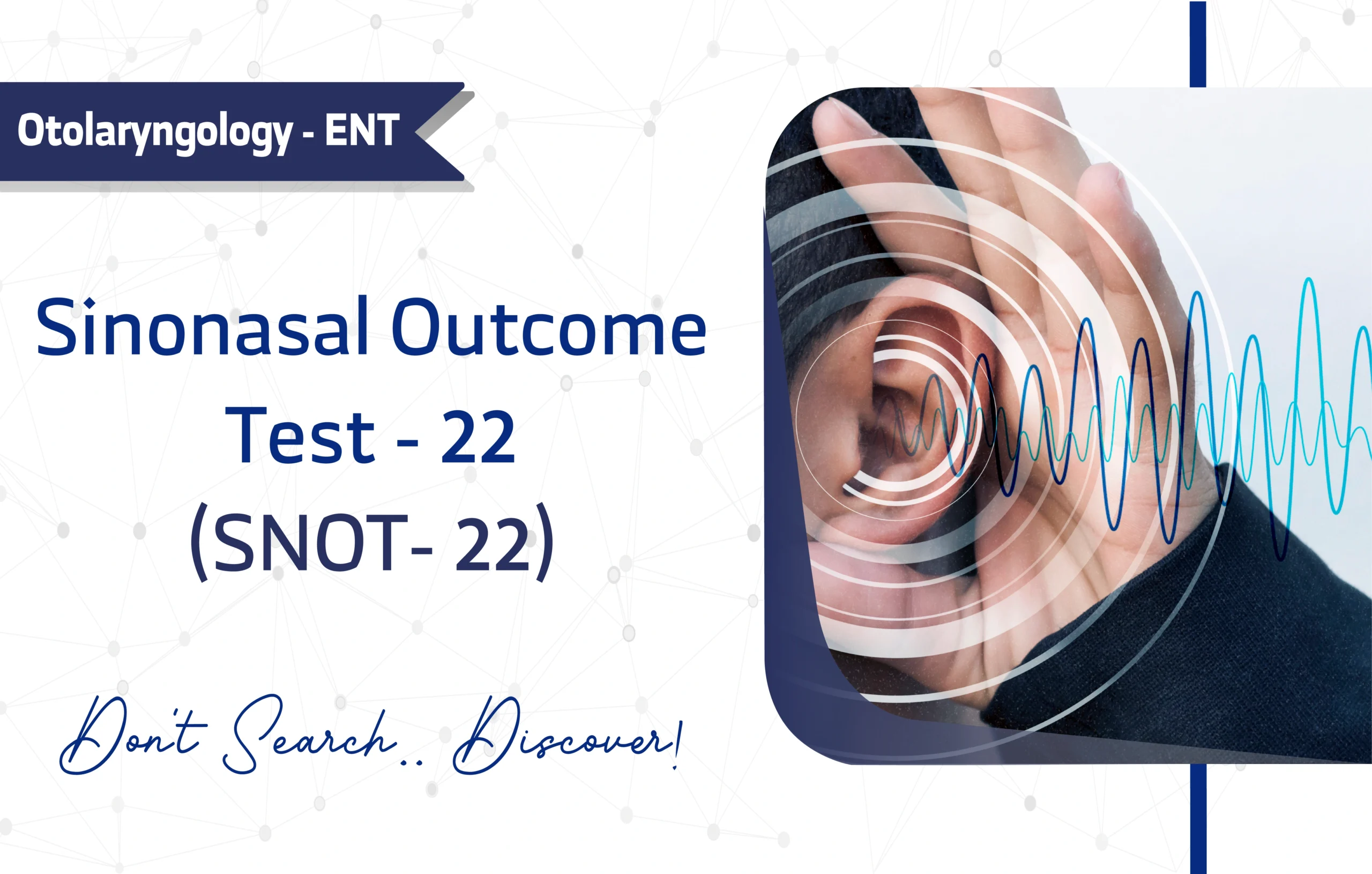
2 thoughts on “Rosacea-specific Quality of Life Instrument (RosQoL): A Full Guide for Researchers and Clinicians”
My name is Aparna Munshi, and I am the lead licensing consultant from RWS Life Sciences. I am contacting you on behalf of Novartis, which wants to use RosQol in their upcoming trial. As per your website, RosQol is free to use.
Rosacea-specific Quality of Life Instrument: A Full Guide
I would need some additional information regarding RosQol-
• Could you please send me the RosQol available versions?
• Are the existing translations validated? If yes, can you please share the certificates?
• As the scale is free to use, can we develop translations with whatever methodology we want?
A much-needed guide! The emphasis on the tool’s brief administration time and high reliability highlights its practicality in busy clinical environments. This will certainly inform our department’s screening protocols